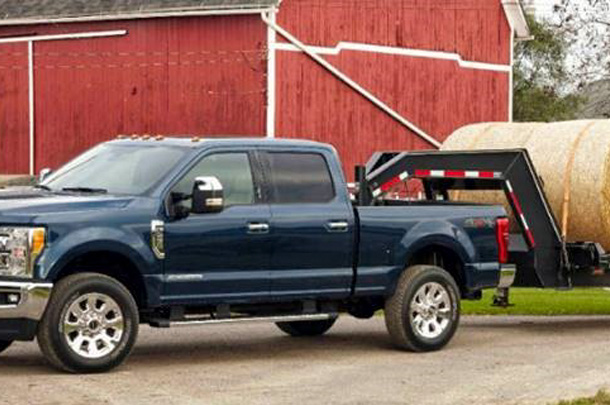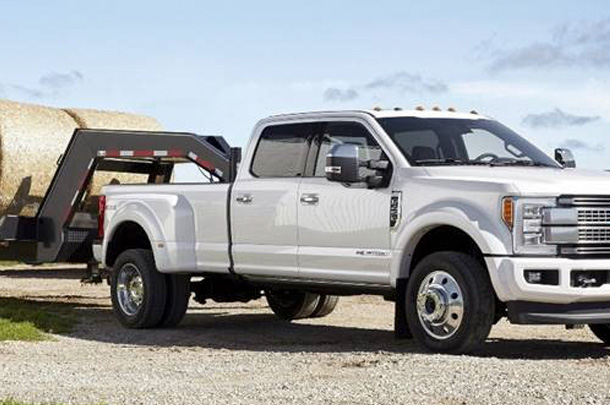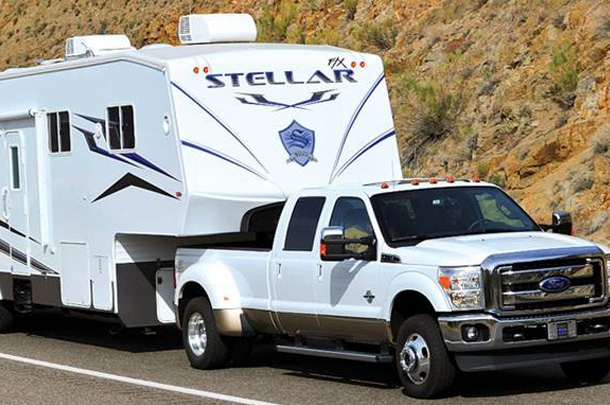The Covered Farm Vehicle Modernization Act was introduced by U.S. Sens. Roger Marshall (R-Kansas) and Jon Ossoff (D-Georgia). The proposal would adjust exemption thresholds and remove additional U.S. Department of Transportation (DOT) registration and fuel tax licensing requirements that have little to do with vehicle safety, according to the bill’s authors.
The bill:
- Expands exemptions for covered farm vehicles (CFV) to allow farm vehicles with a gross vehicle weight (GVW) or gross vehicle weight rating (GWVR) under 36,001 pounds to travel across state lines with the same exemptions currently granted to farm vehicles under 26,001 pounds GVWR or GVW
- Exempts CFVs from needing a DOT number, filing a unified carrier registration and obtaining an Interstate Fuel Tax Agreement license, three things that current farm vehicles still may need depending on their GVW or GVWR regardless of if it is a CFV
A CFV is currently defined by the following standards:
1. Registered in a state with a license plate that identifies it as a farm vehicle
2. Operated by an owner-operator of a farm, or by a family member or employee of the owner-operator
3. Transporting agricultural products, livestock, farm machinery or supplies to or from a farm
4. Not used in for-hire motor carrier operations
5. Not transporting hazardous materials that require placarding
6. Has a GVW or GVWR (whichever is greater) of 26,001 pounds or less; or has a GVW or GVWR (whichever is greater) of more than 26,001 pounds and travels within the state where it is registered; or, if traveling out of the state where it is registered, stays within 150 air miles of the owner or operator’s farm or ranch
Examples of current federal rules:

This photo above is a 3/4-ton truck with a tandem axle gooseneck, a common farm vehicle combination across the U.S. that does not require a CDL to drive.

The photo above is a 1-ton truck with the same trailer and load as above, another common farm vehicle combination, yet the driver would need a CDL because the truck has a slightly larger GVWR. The bill aims to provide parity with 3/4-ton and 1-ton vehicles.

The photo above is of a 1-ton truck with a large gooseneck camper that has a larger GVWR than the trailers above. There are no federal requirements for a CDL because it is a recreational vehicle rather than one used for business.
PHOTOS: Courtesy photos.
—From a news release from the office of Sen. Roger Marshall (R- Kansas)










